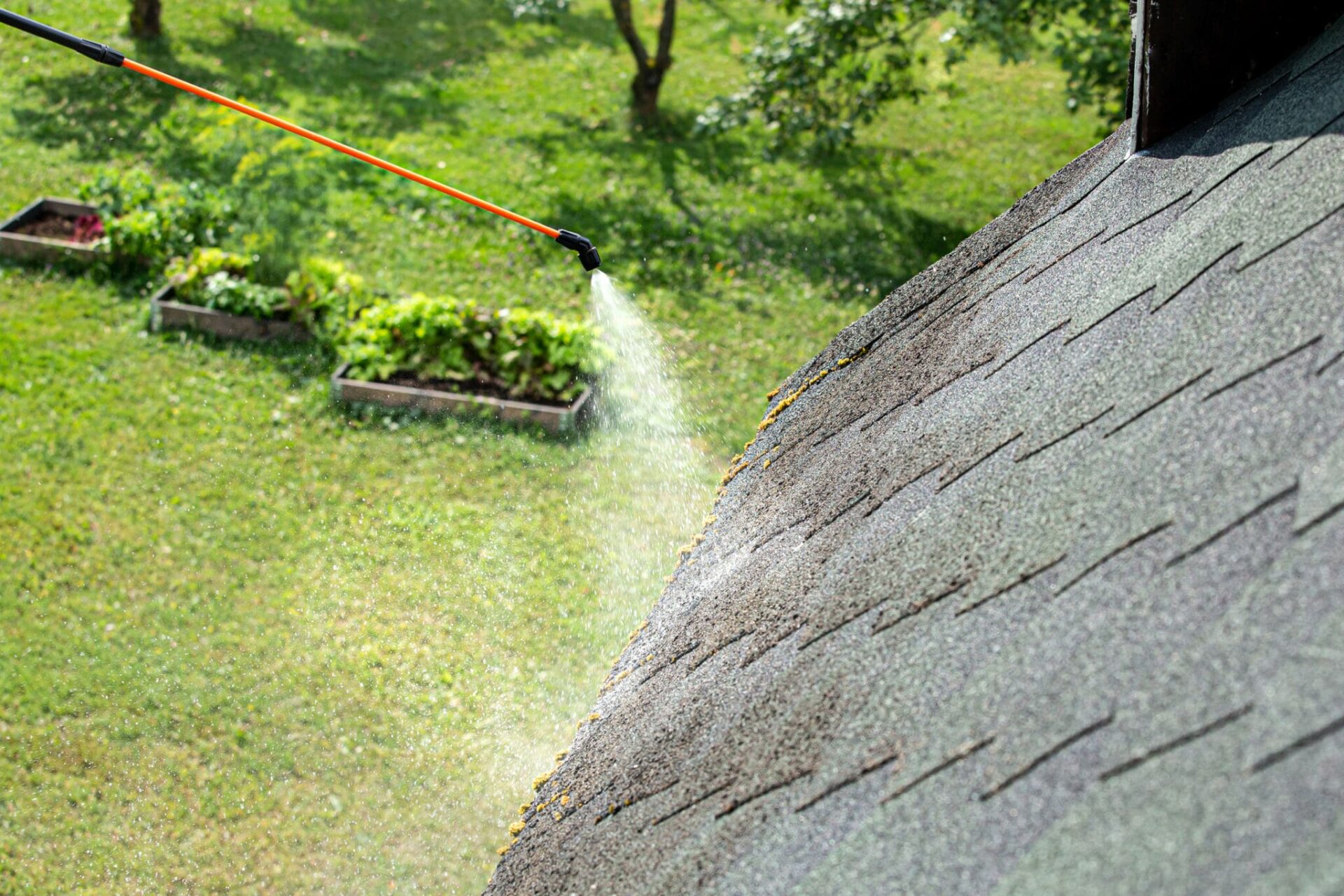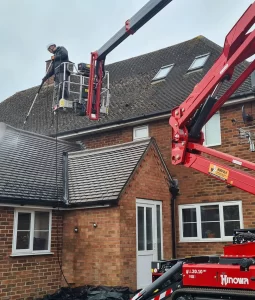Moss growth on roofs is a common issue that homeowners and property managers face. It not only affects the aesthetic appeal of a home but can also lead to structural damage if left untreated. Among the various methods used to remove moss, pressure washing stands out as an effective and widely used technique. However, it requires proper knowledge and execution to avoid damaging the roof.
Understanding the Impact of Moss on Roofs
Moss thrives in damp, shaded environments, making rooftops susceptible to its growth, especially in areas with high humidity or frequent rainfall. As moss spreads, it retains moisture, which can cause shingles to deteriorate over time. In colder regions, the retained moisture may freeze, leading to cracks and further damage. Additionally, moss can lift shingles, allowing water to seep beneath and cause leaks or rot.
Aside from structural concerns, moss can reduce the energy efficiency of a home. A moss-covered roof absorbs more heat, which can impact indoor temperatures, particularly in warmer months. Regular maintenance and removal of moss are essential to prolong the lifespan of a roof and prevent costly repairs.
How Pressure Washing Works for Moss Removal
Pressure washing is a method that uses high-pressure water to remove moss, dirt, and other debris from surfaces. When applied to roofs, the process can be highly effective in clearing moss buildup. The water pressure dislodges moss from shingles without the need for harsh chemicals, making it an environmentally friendly solution.
However, not all roofs are suitable for pressure washing. While some materials, such as metal and concrete tiles, can withstand the force, asphalt shingles and older roofs may suffer damage if the pressure is too high. Proper technique and equipment are necessary to ensure that moss is removed without compromising the integrity of the roof.

The Importance of Proper Pressure Washing Techniques
Using the correct pressure settings and angle is critical to avoiding damage. Excessive force can strip away protective granules on asphalt shingles, reducing their lifespan and making them more vulnerable to the elements. A lower pressure setting, combined with a wide spray pattern, is generally recommended to minimize impact.
The direction of the water spray is also important. Spraying upward can force water under shingles, leading to leaks and moisture buildup in the roof structure. Instead, pressure washing should be done at a downward angle, following the natural flow of water off the roof.
To enhance effectiveness, pressure washing is often combined with cleaning solutions designed to kill moss spores and prevent regrowth. Biodegradable treatments can be applied before or after washing to ensure longer-lasting results without harming surrounding vegetation.
Risks and Precautions When Using Pressure Washing
 Despite its effectiveness, pressure washing carries certain risks that homeowners should be aware of. Inexperienced handling can lead to unintended damage, including shingle displacement, water infiltration, and even structural weakening. Additionally, working on a roof presents safety hazards, and using a pressure washer at elevated heights requires caution.
Despite its effectiveness, pressure washing carries certain risks that homeowners should be aware of. Inexperienced handling can lead to unintended damage, including shingle displacement, water infiltration, and even structural weakening. Additionally, working on a roof presents safety hazards, and using a pressure washer at elevated heights requires caution.
To mitigate these risks, hiring a professional with experience in roof cleaning is often the best approach. Professionals have access to the right equipment and knowledge of safe pressure levels for different roofing materials. They can also assess the roof’s condition before proceeding with the cleaning process.
For those who prefer a do-it-yourself approach, it is advisable to use a pressure washer with adjustable settings and to start with the lowest effective pressure. Wearing non-slip footwear, using a safety harness, and ensuring a stable ladder setup are also crucial steps for safety.
Alternative Methods for Moss Removal
While pressure washing is a popular choice, other methods can be used to remove moss from roofs. Some homeowners opt for manual removal using a brush or scraper, though this can be time-consuming and less effective for widespread moss infestations.
Chemical treatments, such as moss-killing sprays and roof-cleaning solutions, can provide longer-term results by preventing regrowth. These treatments are often applied after moss removal to inhibit new growth. Zinc or copper strips installed along the roof ridge can also help deter moss development over time, as rainwater washes small amounts of metal ions across the surface, creating an inhospitable environment for moss.
Maintaining a Moss-Free Roof
Prevention is key to keeping a roof free from moss in the long run. Regular roof inspections and cleaning can help identify and address moss growth before it becomes problematic. Trimming overhanging tree branches can reduce shade and improve air circulation, creating a less favorable environment for moss.
Cleaning gutters regularly ensures proper drainage and prevents water buildup, which can contribute to moss growth. Additionally, applying moss-resistant treatments periodically can help maintain the cleanliness of the roof and reduce the need for frequent pressure washing.